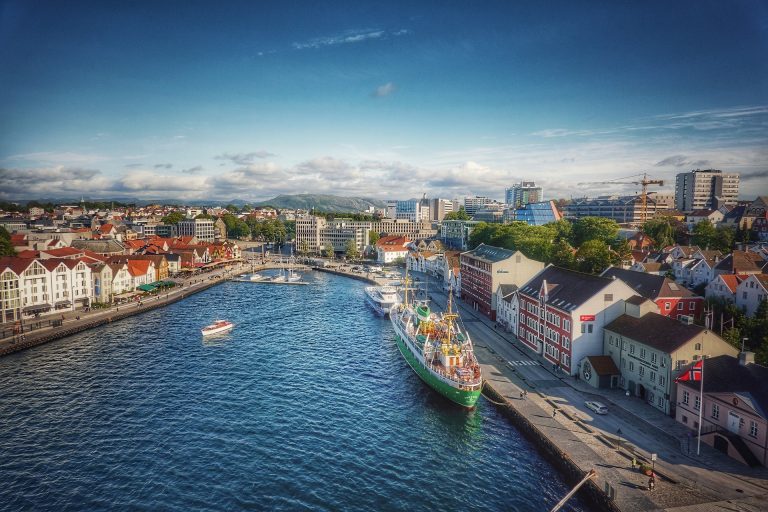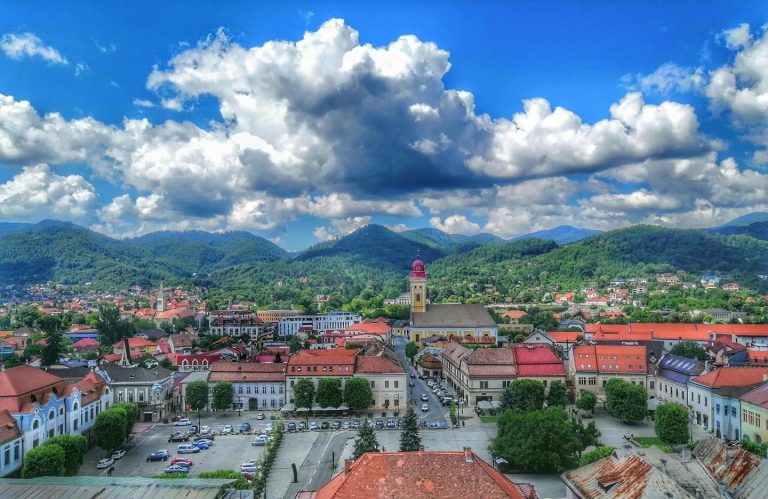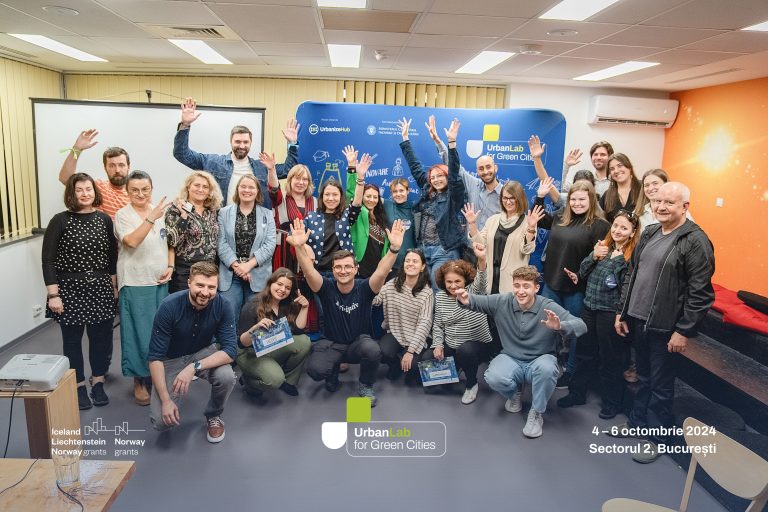‘Cities Alive – Rethinking green infrastructure’ is a report focused on the role of green infrastructure in addressing the challenges of the 21st century. The report was the product of a collaboration between the Landscape Architecture and Foresight & Research & Innovation teams at Arup and has involved a wide range of specialists.
In the foreword of the report the following question was raised: “What should our designs try to achieve? We must take a critical look at the brief, make it more comprehensive. We must look beyond the narrow object and ask ourselves: What will be the ecological consequences?”. It becomes clearer that the role of green infrastructure in addressing the challenges of the 21st century cannot be underestimated. It is a natural, service providing infrastructure that is often more cost effective, more resilient and more capable of meeting social, environmental and economic objectives than ‘grey’ infrastructure.
Cities Alive – Rethinking green infrastructure – shows how the creation of a linked ‘city ecosystem’ that encompasses parks and open spaces; urban trees, streets, squares; woodland and waterways can help create healthier, safer and more prosperous cities. To realise this vision, green infrastructure has to now take a more influential role in the planning and design of cities and urban environments. The report found five key requirements with significant implications for the future design of cities.
1. We need to recognise ‘urban green’ as more than an aesthetic consideration – it’s a fundamental part of an urban ‘ecosystem’ which improves social interaction and physical and mental health
2. We must make landscapes work harder, for multiple end-users and to improve climate change resilience, through a multi-functional design approach
3. Design creativity is needed to deliver a green city ecosystem – from both city-wide strategic projects down to more imaginative uses of space within the layers of a city
4. By capitalising on advances in technology to measure the value that nature delivers through ecosystems services, we can optimise the planning and design of urban space to meet future demands
5. We need an integrated approach to delivery that better links and connects policy to transgress ‘silo-driven’ cultures and achieve long term benefits.
You can access the report here.
Source and Photo: Arup





